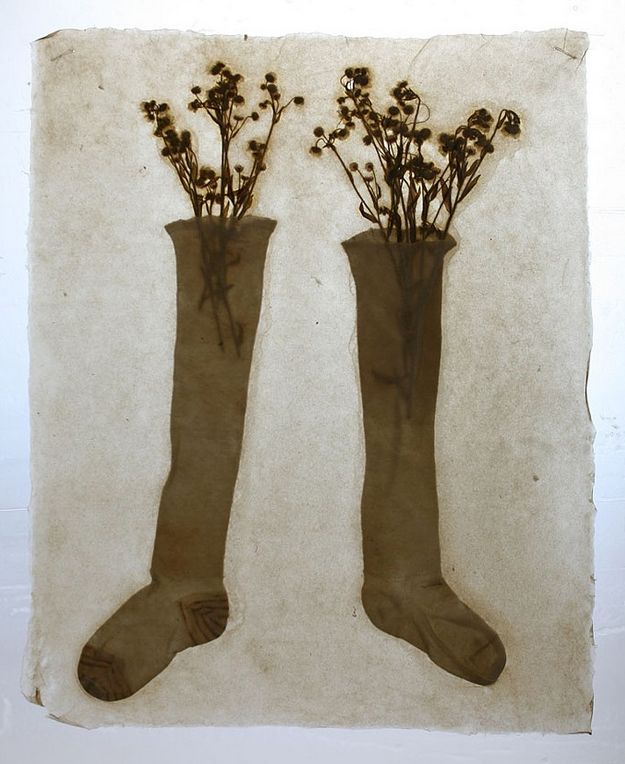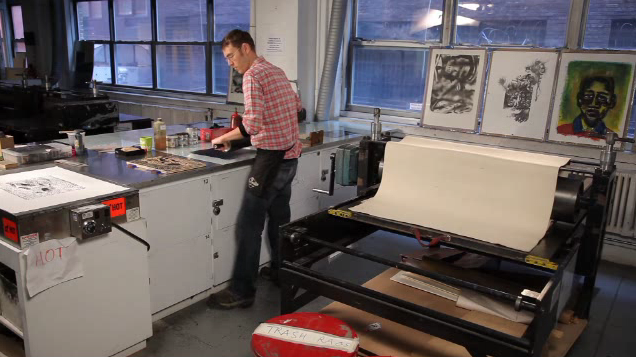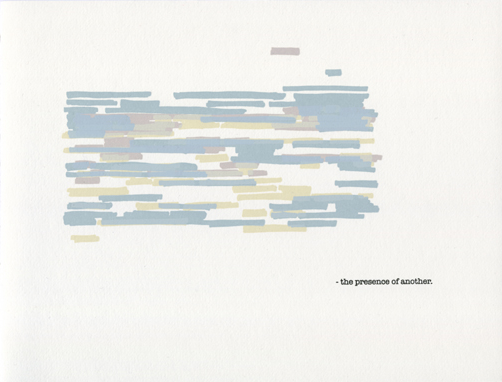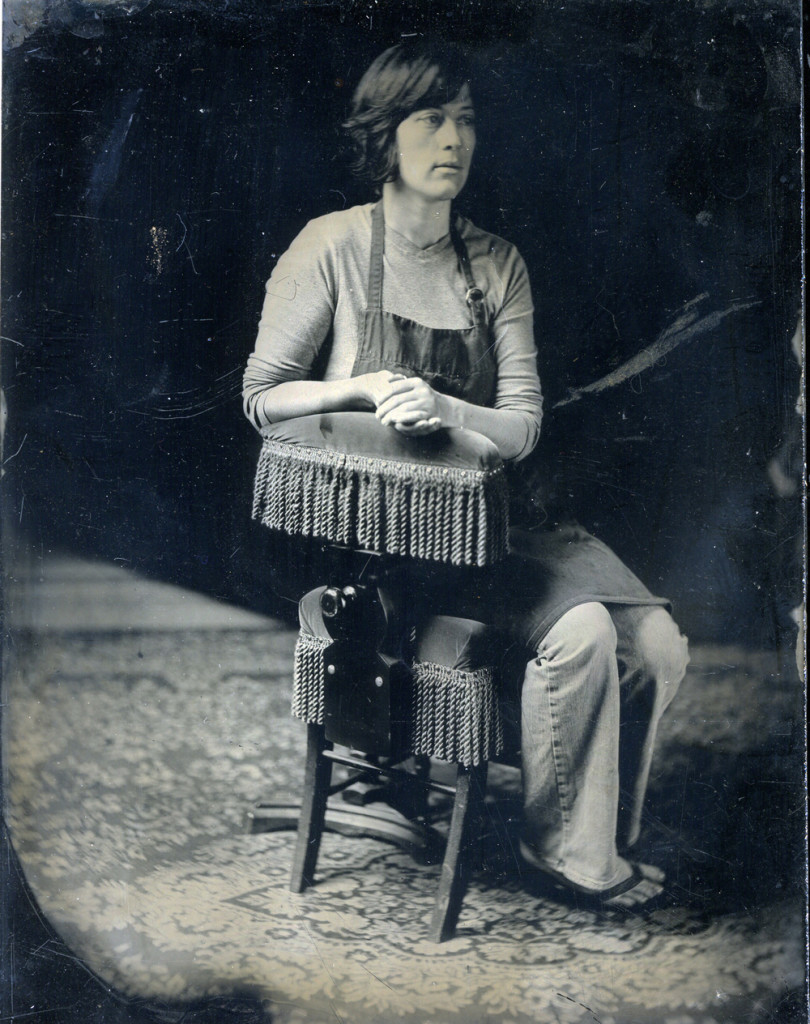
“Photographic prints and books are being replaced by intangible, transient digital files made of zeros and ones – no texture, no smell, no weight. ” So writes photographer Heather F. Wetzel in her artist statement. “I prefer a slower pace, where one takes time to notice and appreciate those little and often discarded things.”
Her photographs echo her assertion, examining forgotten everyday details like a safety pin or a jar of buttons with uncommon attention. Though lacking the saturated colors and extensive post-production possible with today’s digital photography, Heather’s images are warm and arresting. It’s their simplicity and directness that draw the viewer in and envelop them in a moment that can feel timeless.
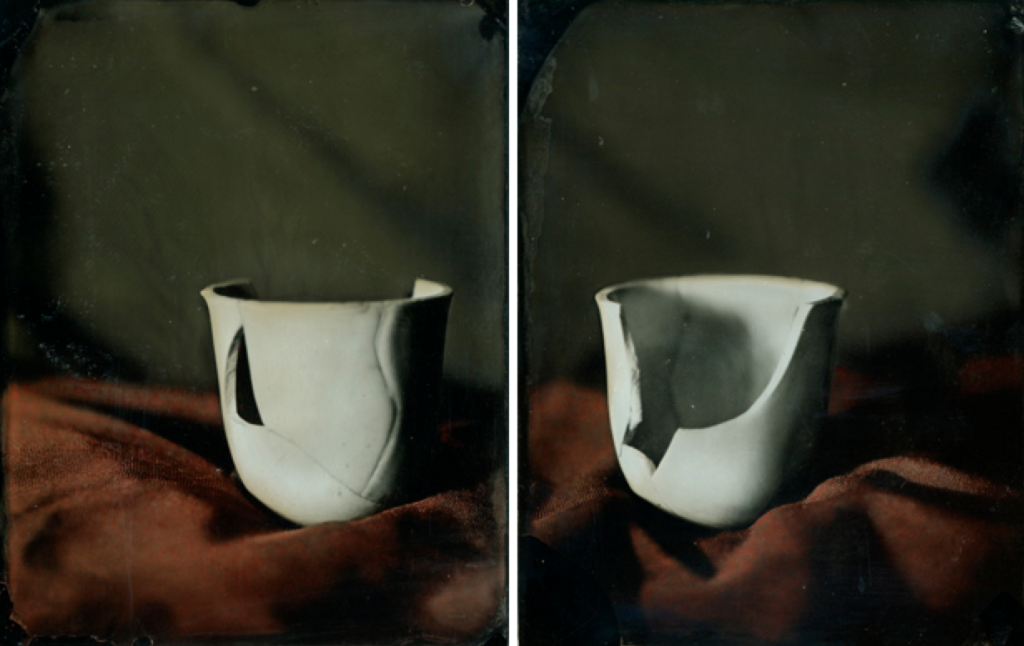
This fall, Heather will be traveling to Penland to share her expertise in historic photographic processes. Her 1-week course, scheduled for November 1-7, will focus on printing with silver and iron using cyanotype-, salt-, and albumen-printing. Space is still available in the workshop. Register here.
Printing with Silver & Iron
Heather F. Wetzel – Beginning with an introduction to digital negatives and other means of photographic contact printmaking, we’ll explore the possibilities of the cyanotype process and two closely-related silver printing processes: salt and albumen. In addition to learning how to mix chemicals, make digital negatives for optimal image making, and the practicalities of printing and toning, we’ll consider further manipulation and mark making as well as final presentation of the prints produced in this workshop. All levels. Code F03P
Heather is a studio artist who works in traditional photographic processes as well as other media such as books and hand papermaking. She is a lecturer in the art department and a book arts specialist at Logan Elm Press at Ohio State University, where she was the 2011-2012 Fergus Family Fellow in Photography.
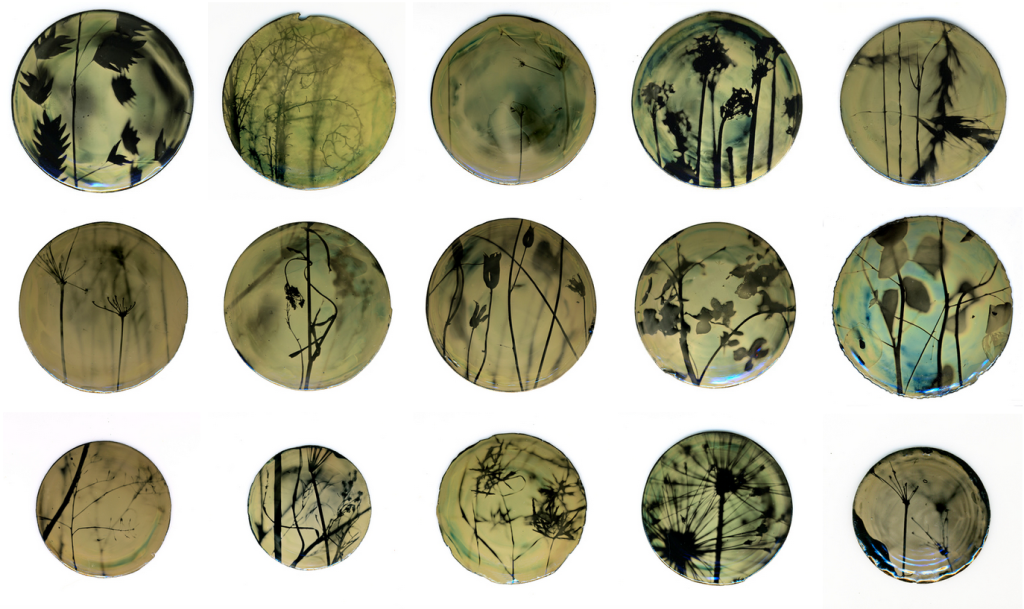
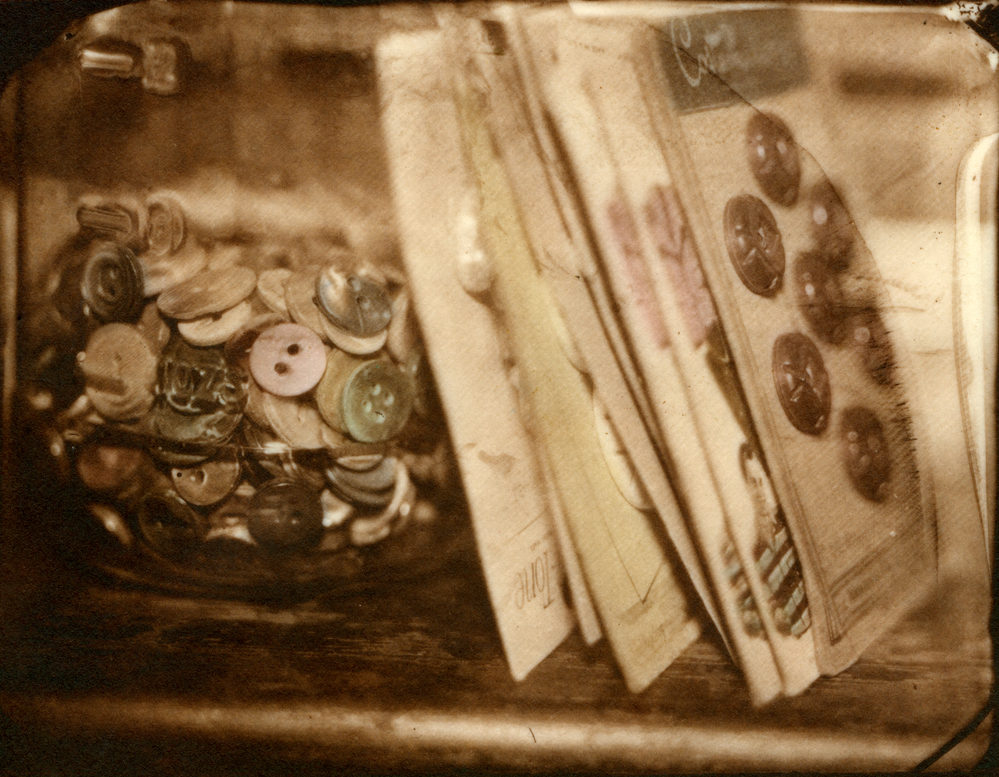
REGISTER NOW FOR FALL 1-WEEK WORKSHOPS
October 4 – 10 | October 18 – 24 | November 1 – 7




